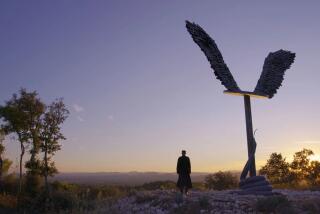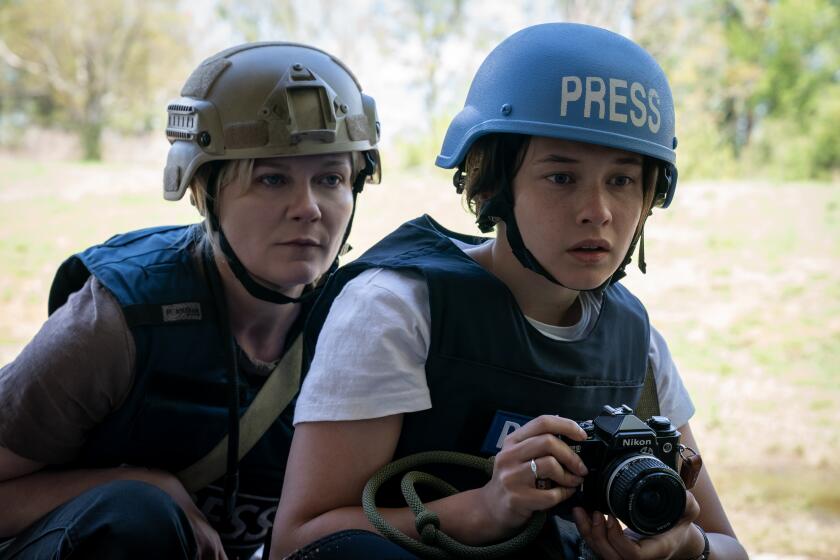Review: ‘National Gallery’ a portrait of humanity on canvas and on-screen
It is such a gift that Frederick Wiseman, who is edging toward 85, continues to let his curiosity and his craft fill his days and our theaters.
In his new film, “National Gallery,” the legendary documentarian takes on London’s famed museum in the same way he’s dissected other institutions, as if it were a living, breathing organism of unexpected complexity.
Wiseman’s approach is always intriguing in the way that he makes his very nonobtrusive observing so salient and intimate. It is especially appropriate in this case, since a museum by its very nature is an institution designed for looking, its main entertainment to be found in quiet observation.
And so Weisman does. Taking a great deal of time with the patrons and the pictures, watching people study the paintings, showing us their expressions, then showing us what they are seeing.
It’s a very different sort of watching than what Weisman gave us in “Zoo,” with the movement of the animals almost begging humans for some physical reactions, or “Ballet,” whose backstage scenes were among its most compelling.
“National Gallery” is a balance between the art and the observer. It captures all sorts of people in mostly silent, at times sacred, contemplation. It feels as if you can see the connections being made, art unearthing emotion right in front of you. The faces are so unguarded as the story different painters try to express pulls them in. And then they move on.
As Wiseman is wont to do, he gets into institutional politics. The boardroom worries about budget shortfalls. The debate over giving the public a stronger voice. How the museum, one that specializes in masterworks from the past, can remain relevant today.
And mechanics are revealed. The meticulous artistry required for restorations. The fretting over a lighting issue with the museum’s massive Leonardo da Vinci exhibition in 2012, when the film was shot. The after-hours maintenance of polishing the floors.
Wiseman uses the art, and docent discussions of it, to put the artists and their paintings in perspective. It also becomes the key narrative device for stitching a great many ideas together.
At times, the filmmaker’s looking at looking, his contemplation of observation juxtaposed with the examination of what the artist intended, feels very meta. As if Wiseman could be parsing his own medium. The issues raised about art, artist and artifice would be as relevant if he’d flipped the camera around on his crew and made documentarians the subject.
The film takes a meandering pace that reflects a museum visit; shots of an occasional visitor asleep on the benches, a reminder of how overwhelming so much art can be. At three hours, Wiseman’s “National Gallery” excursion is not the longest or shortest of his work, a remarkable body that includes 39 documentaries thus far.
In a time when so many documentary filmmakers take on advocacy roles, “National Gallery” represents the heart of what Wiseman does best — step back and let the place and its people lead the story.
It is the way in which Wiseman uses the camera to “look” that “National Gallery” is at its best. Moving between faces on canvas and the real ones staring back becomes its own portrait of humanity as captured by a multitude of artists, most with brush and colors, one with a lens.
--------------------------
‘National Gallery’
Not rated
Running time: 3 hours, 1 minute
Playing: Laemmle Royal, West Los Angeles
More to Read
Only good movies
Get the Indie Focus newsletter, Mark Olsen's weekly guide to the world of cinema.
You may occasionally receive promotional content from the Los Angeles Times.







